What is it? According to Case-Smith and O’Brien, self-regulation is “the individual’s influence over their own thought processes, emotional states, motivation and patterns of behavior” (p. 305) or “the ability to control emotions and to moderate behavior appropriately relative to both situation and social cues” (p. 109).
Why is it important? Self-regulation allows children to attend to tasks, build and sustain relationships, and resist impulses. Self-regulation is a skill necessary for occupations across the lifetime, such as:
- Activities of daily life (dressing, bathing, feeding)
- Academic performance (attending in class, interacting with peers, learning new information)
- Play and leisure activities (interacting with peers, attending to activity)
- Job performance
- Safety maintenance (knowing and attending to safety procedures)
- Rest
5 activities to try at home:
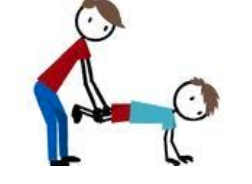
1. Heavy work activities (pushing, pulling, or carrying something heavy; wheelbarrow walks; playing on the floor; jumping). Tip: Depending on your child’s unique sensory needs, proprioceptive input (deep pressure input that provides the body with information to the joints and muscles) may be organizing and increase regulation. Ask your therapist!
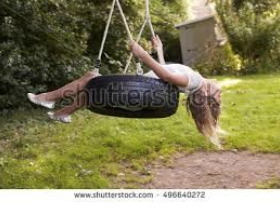
2. Swinging. Tip: Swinging has many different benefits depending on whether it is rotary or linear swinging, as well as what the child’s specific needs and tolerance are. Ask your therapist what can help your child!
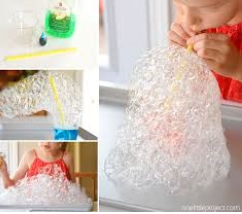
3. Bubble mountain. Tip: Put dish soap in a bowl with water and have the child blow into water with a straw. This activity stimulates oral proprioceptors and helps with breath support, which may increase regulation.

4. Putting together a puzzle. Tip: Sorting activities with a clear start and finish may be organizing for a child.
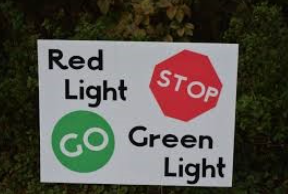
5. Red light, green light. Tip: This game is a great way for your child to practice controlling their body and stop when “Red light” is said while resisting the impulse to move again until they hear “Green light”.
References American Occupational Therapy Association. (2014). Occupational therapy practice framework: Domain and process (3rd ed.). American Journal of Occupational Therapy, 68(Suppl. 1), S1-S48. Case-Smith, J., & O’Brien, J. (2015). Occupational therapy for children and adolescents (7th ed.). St. Louis, MO: Elsevier Mosby, Inc.
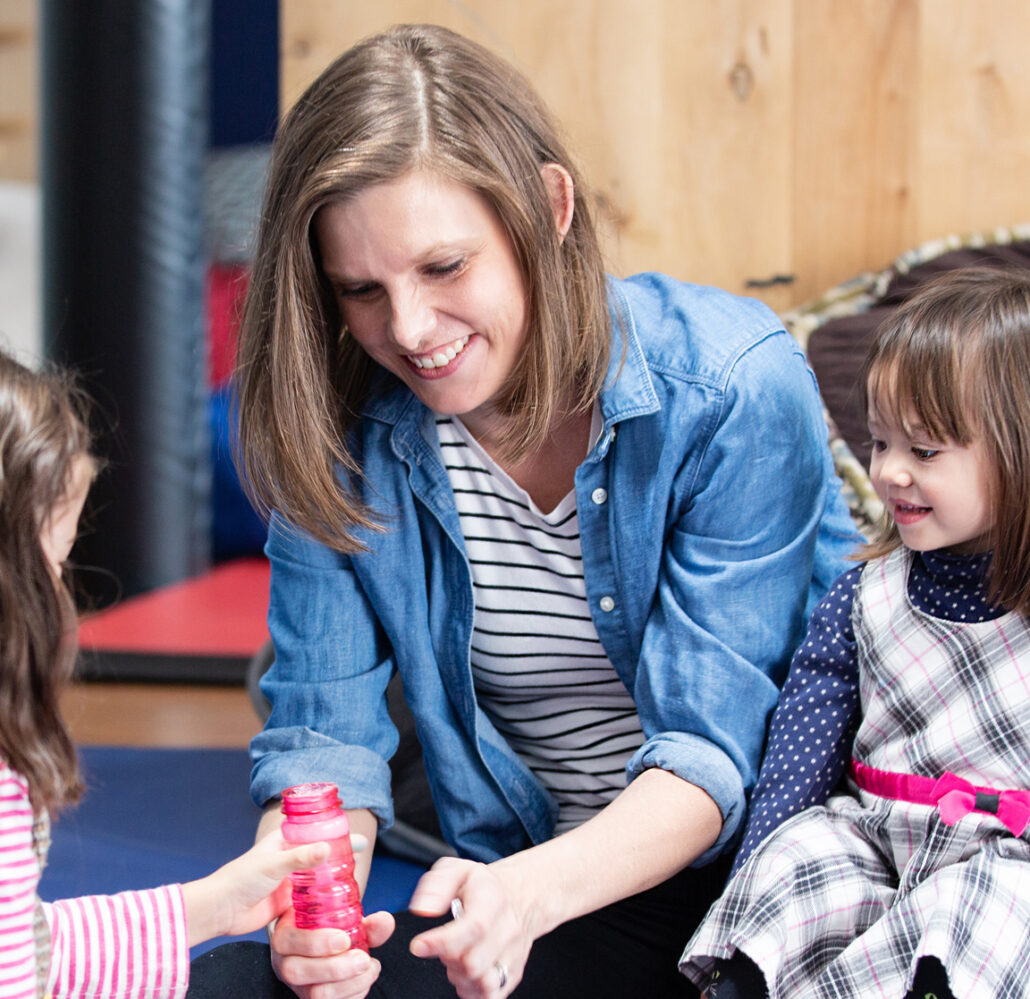
Learn More About My Programs
Blue Bird Day is a rotational therapy program structured like a preschool or kindergarten, but instead of teachers all our staff are therapists! This program is designed to foster socialization, sensory regulation, and learning for children ages 2-7 and helps provide children the tools they need to succeed in a traditional classroom.
Eyas Landing is an outpatient therapy clinic that provides services for children ages 0-21. Our multidisciplinary team of therapists provide ABA, developmental, occupational, physical, speech, nutrition and feeding therapy along with early intervention, social work, counseling, and neuropsychological testing at our West Loop clinic, in-home, at school, and virtually.
Merlin Day Academy is a therapeutic day school for children ages 6-14. Our proprietary model utilizes daily therapeutic and educational rotations to support children’s growth, learning, and their transition into the least restrictive environment possible.




